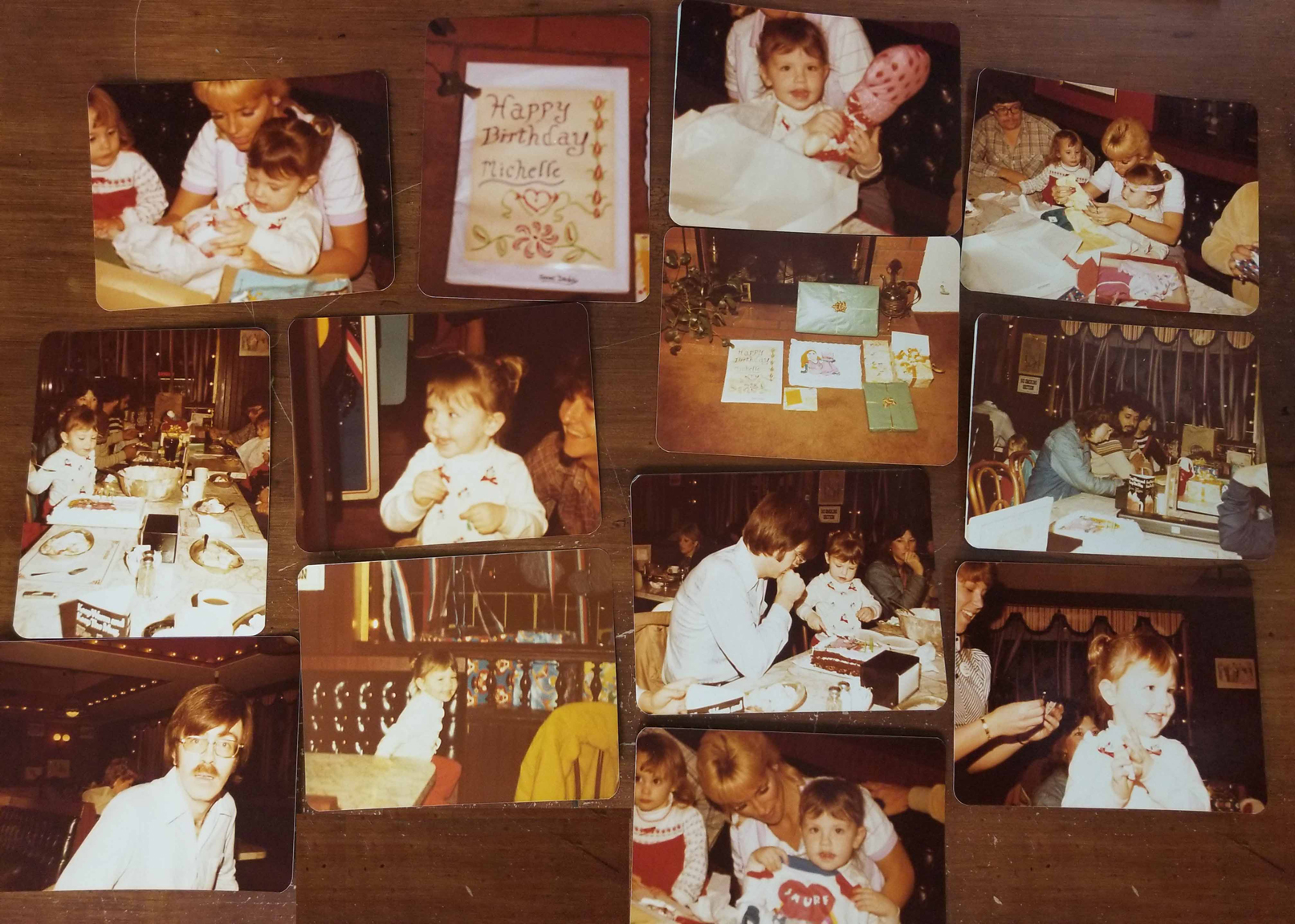May 2019 Newsletter – Preserving Family History




Before the time of digital cameras, selfie sticks and Snapchat, there was the old fashioned way of doing things. Wind-up Kodak cameras you would take to the drug store to get developed, using a Polaroid camera. Printed copies we kept in photo albums and shoe boxes to store and save and preserve family history.
Those photos your mother, grandfather, and great uncle twice removed on your mother’s side ended up becoming your photos. Years of personal memories in boxes stacked on top of each other in the corner of your closet. Emphatically as wonderful as these pictures are you would appreciate more of that closet space for your own possessions.
Flatbed Scanner
Using a flatbed scanner can move the square footage from you closet to megabytes on a hard drive. It may seem like you will lose some of their worth if you make them digital. Their sentimentality is what makes them special. Being able to share those moments with others is what is special. Being unable to share them is the true loss.
These pictures are now vintage, family records and heirlooms that you must preserve for future generations to see. Unfortunately, the paper we print these memories on are not so lasting, and with age they wear and tear. So how do you keep time from ravaging your precious moments?
Basically, scanning them will protect them from anything that could happen. Yes, anything even your computer drive being damaged. Because we always keep a copy of the projects you bring in just in case.
Furthermore you needn’t concern yourself with damaging those images any further. Not all pictures need to be pulled through a scanner, and can be scanned on a flatbed scanner to keep them from being torn apart. Think the picture may be too big? Well, think again because using a 24 by 36 inch flatbed scanner we are able to stitch together images much larger.
Photoshop
Even if time has already begun to take its toll, technology has improved to the point of being able to undo some of that damaging. Color correction for yellowing, sharpen faded details, Photoshop used to remove fold creases and fill scratches.
Generally the limited availability of these treasures is the problem and can cause friction in the family: how do you share Uncle Gary’s army photos with the rest of the family? Again, we come back to scanning those pictures. We come back to scanning: a digital copy that can be printed and reprinted on different mediums for everyone and every occasion.
Now, what if they aren’t even in a printed form yet? What if you have some old film that has yet to be developed? Additionally, there aren’t many places nowadays that are able to develop that film for you to then have turned into a JPEG or PDF file.
Accordingly, the solution to that predicament is to cut out the middle man and just bring that film to be scanned. You don’t have to have a printed version for it to be scanned. Epson has added features to some of their scanners where they are capable of scanning film so that it could be saved to look like a printed copy of the film.
Unquestionably, don’t wait until those precious memories are gone, bring your boxes of photos and preserve family history or anything else you have you want preserved and Graphic Imaging Services will digitize it for you.
